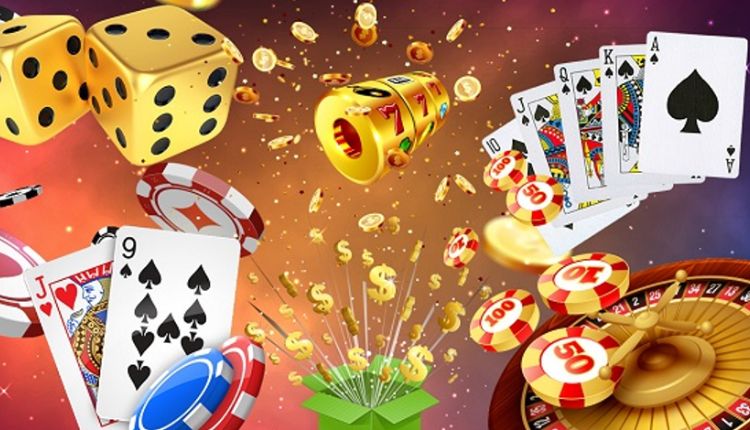In the United States, payout percentages for slot machines are often published in state gaming reports. Alternatively, you can look for them in a machine’s “help” menu. However, these numbers are averages and can’t predict how much you will win or lose in one session.
Finding payback information is easier for online slots than it is for land-based slot machines. This is because slot manufacturers often publish their payback figures in the help screens of their new games.
Payback percentages
Unlike table games, casino slot machines don’t post their payback percentages to the public. Instead, players must sift through state gaming reports and make guesses based on coin denominations and progressive jackpot sizes.
However, looking at a single month’s statistics can be deceptive. For instance, if many players hit big jackpots on high-denomination machines, they will skew the payback percentage for those denominations. However, over time, the numbers will revert to their true average.
To figure out a slot’s payout percentage, first calculate how many spins you play per hour. Then, divide that number by your unit bet size. For example, if you bet $0.25 each spin, then you’ll play 300 spins in an hour. Then, divide that by your total bets and multiply the result by 12.5%. Then, you’ll have the machine’s expected win per hour. This number is also known as the house edge. Every casino game has a house edge, including slots.
Scatter symbols
There are several factors that go into determining the payback percentage of a slot machine. One factor is state regulations. Some states require that casinos specify a specific payback percentage when they order machines, while others allow them to change the payback remotely. This allows casinos to tighten up their odds during busy times. Another factor is the machine’s volatility. High-volatility machines can have erratic results, and it is difficult to predict what they will do over the long run.
It is important to note that a RTP slot theoretical return may fluctuate, but it will eventually settle around the expected average. There will be jackpots that send a machine’s returns soaring and hot streaks that cause it to plummet. But over hundreds of thousands of plays, the average will likely remain close to a given machine’s expected payback. This is the reason that experienced gamblers will often play multiple slots at once. They believe that loose machines are usually situated next to tight ones.
Bonus rounds
When you’re playing a slot machine, look for the ’Help’ or ‘Rules’ button. This will usually give you the payout percentage for that particular game. This information is based on real statistics that casinos report to regulatory agencies, and it shows how much of the total wager was returned to players as jackpots, broken down by denomination. This data is used to help casinos make decisions about purchasing new machines, and it is important to know if the games you play have high payback percentages.
However, these numbers can be misleading if a large number of players won big jackpots on the same denomination in one month. This will skew the report for that denomination, and it can cost the casino money. But over time, these figures will even out and reflect the average payback percentage for that denomination. This is true for all denominations, just like the odds of roulette and craps are set to drive results toward expected averages.
Weight count
When playing a slot machine, the weight count is a helpful tool to determine how much the game is paying out. These numbers are typically posted by state gaming boards and are averages across the entire casino. The number is calculated by dividing total payback by total amount of money wagered on the machine. This information is also available online.
The payout percentage for a slot machine isn’t a simple thing to calculate. It depends on a series of decisions between regulators, slot designers/manufacturers and casinos. Market forces, required minimums and making sure games are fun all play a role in the final numbers.
Many experienced gamblers use the weight count to find loose slot machines. They believe that loose machines are usually situated right next to tight ones. They also use a strategy of playing multiple machines at once, to increase their chances of finding one that pays out. However, it is important to remember that you should never bet more than you can afford to lose.
